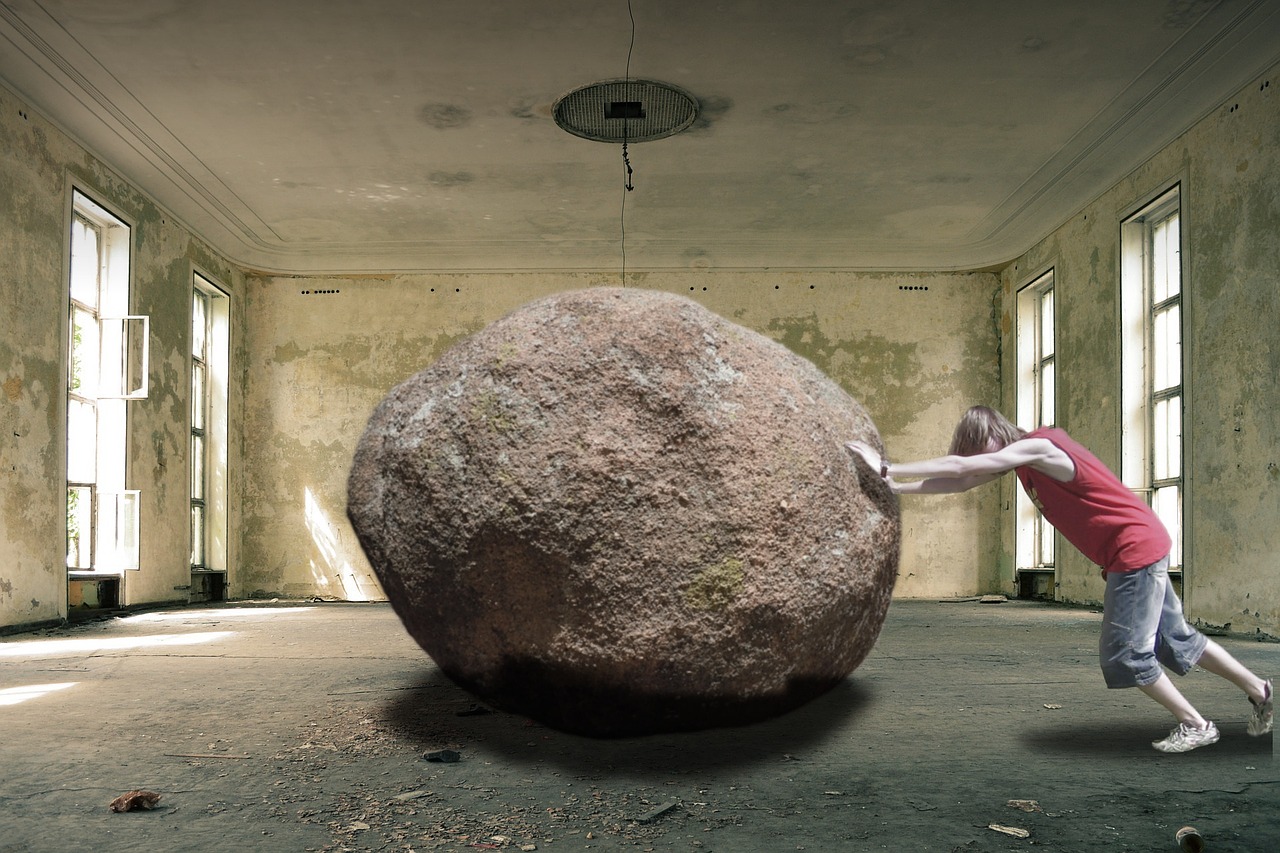
Sciences & Technology
Revealed: The billion-year soundbite

Clue: it’s not the shopping bags you’ll lug out of the supermarket tomorrow - but it does fit neatly into a teaspoon
Published 22 October 2015
When you think ‘heavy’ things, schoolbags, handbags and shopping bags come to mind. Overheard every day at a shopping centre is: “What’s in here, lead weights?” as bags are handed over to the designated heavy lifter.
Lead is a stable metal that’s often used as weights and sinkers. The reason it’s heavy in terms of mass per unit volume (or think about it as per teaspoon), is because the lead atoms are very close, making it a dense material.

But the expression “it went down like a lead balloon” should probably be updated to “osmium balloon”. Osmium is one of the heaviest materials on earth, weighing twice as much as lead per teaspoon.
Osmium is a chemical element in the platinum group metals; it’s often used as alloys in electrical contacts and fountain pen nibs.
Beyond Earth, the heaviest, most dense substance in the known universe would have to be the insides of a neutron star says Associate Professor Andrew Melatos from the University of Melbourne’s School of Physics.

Sciences & Technology
Revealed: The billion-year soundbite
“A teaspoon of neutron star would weigh around a billion tons,” Associate Professor Melatos says.
According to the NASA website, that’s about the same as Mt Everest.
The birth of a neutron star is essentially the collapse of a giant burnt out star, a sun that is 10 to 100 times bigger than our own sun. “As a giant sun burns out it uses up all its fuel. Gravity is then so strong it collapses in on itself.
“The pressure is so intense, it explodes into a spectacular Super Nova spewing gas everywhere. For a few seconds it outshines the other 100 billion stars in our galaxy.
“What’s left behind is a tightly packed ball of neutrons – a neutron star – which is about 30km across, roughly the size of Melbourne, but with the mass of a giant sun packed into it, so it’s insanely dense.”

Sciences & Technology
Riding the gravitational wave
Neutron stars’ high density means their gravity is strong and allows for the study of gravitational waves, providing clues to the fabric of space and time as predicted by Einstein in 1916. “But don’t panic, our sun won’t burn out for another five billion years,” he says.
“Our sun is a small star. It won’t become a neutron star, but it will burn up all the hydrogen and helium, and become a red giant. At that point our sun will gobble up surrounding planets including Earth, nuclear reaction will continue to transform helium into carbon and it will be like a giant Earth-sized diamond, at which point it is called a white dwarf.”
So massive stars become neutron stars – the heaviest things in the universe – and even more massive stars become black holes.
Banner Image: Pixabay